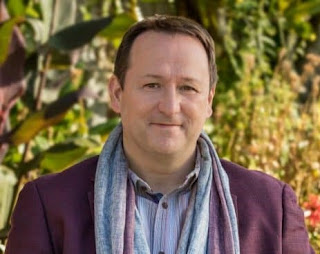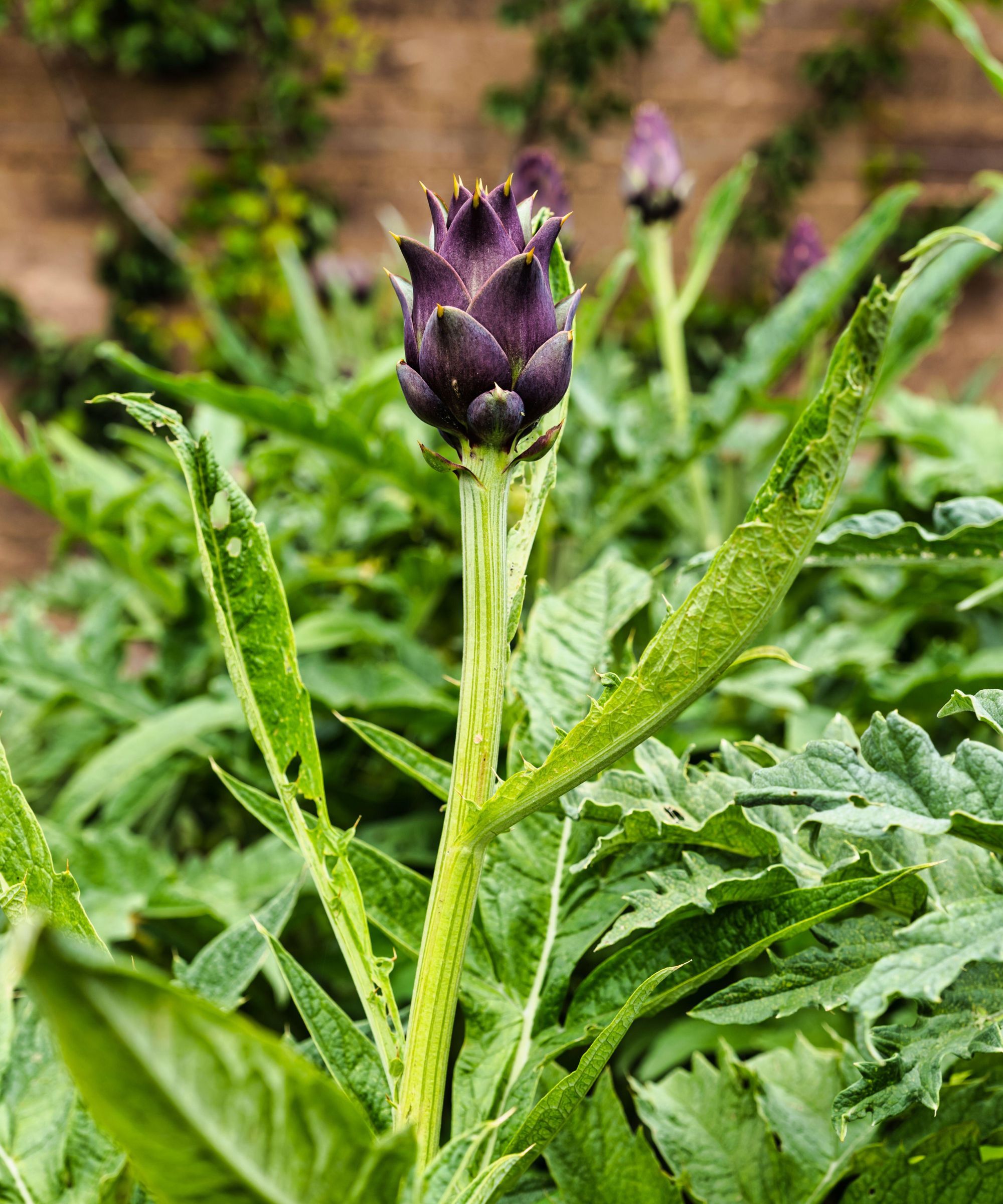When are artichokes in season? Expert tips for the perfect vegetable
Find out when are artichokes in season for a tender, earthy snack


Artichokes, although classed culinarily as a vegetable, are immature flower buds that make an excellent addition to a variety of dishes. So, when are artichokes in season, and how can you get the most out of these vegetables?
Artichokes, although sometimes difficult to prepare in dishes, are easy to grow, making them an excellent choice for vegetable garden ideas, although they look splendid in regular garden ideas if harvesting and preparing these flowers is not for you.
Here, gardening expert for stairlift and home lift company Stannah and presenter of BBCs Gardeners World, Mark Lane, has offered his advice for knowing when artichokes are in season so you can harvest the perfect tender buds.

Mark Lane is a TV broadcaster of the award winning BBC Gardeners’ World and the Royal Horticultural Society’s Flower Shows – Chelsea, Hampton Court Palace, Chatsworth, Tatton. BBC Gardeners’ World is one of the handful of factual TV programmes with a long pedigree of 50 years, viewed by a staggering 3 million people on a weekly basis, in the UK alone.
Mark is also the garden expert presenter on BBC Morning Live with a staggering 2 million viewers a day, as well as the garden design and plant expert for QVC, with his own programme ‘Love Gardening with Mark Lane'.
When are artichokes in season?

When eaten in season, artichokes are extremely high in nutrients and antioxidants, so picking these buds at the right time can be important. While you can buy artichokes year-round in stores, it can be harder to tell when they are ready for harvesting.
‘The globe artichoke season is primarily June to September, but they will be available all year in most supermarkets and will be okay in May and as late as November, depending on the weather and growing conditions,’ explains Mark.
This late harvest period means that artichokes make wonderful additions to your garden when looking for plants for fall color.
‘The globe artichoke should have good, tight compact scales (leaves) that bend in towards the center and are primarily a dusty-green color with an approximately four-inch stem. It should be heavy as this is a sign that it hasn’t dried out.’
Design expertise in your inbox – from inspiring decorating ideas and beautiful celebrity homes to practical gardening advice and shopping round-ups.
What are the signs of an overripe artichoke?

‘Signs of an overripe globe artichoke is an open center with loose scales that are split and shriveled and sometimes a little crispy,’ Mark says. ‘It will feel light and when squeezed will not be firm but sponge-like.
‘Overripe, or globe artichokes out of season, will be small and light, as they contain very little moisture. Also, if the artichoke has deep bruising or a purple hue then it is more than overripe, it is rotten,’ he warns
Why should you eat artichokes in season?

Although you can often buy vegetables out of season in supermarkets, harvesting and eating vegetables such as artichokes in season often means fresher, better-tasting fruit. When plants such as artichokes are allowed to grow more naturally and ripen on the vine, they provide more nutrition and flavor than cultivated or modified fruits and vegetables. What’s more, you also gain the satisfaction of growing your own food.
Artichokes are some of the easiest vegetables to grow. One of the ways you can get the most out of your artichokes, particularly when they are in season is to consider companion planting. Not only will this provide you with a bountiful, well-rounded harvest, but choosing the right plants will help your artichokes to thrive throughout their growing period well into its harvest season.
What part of the artichoke is poisonous?
No part of an artichoke is poisonous, although there are some parts of the bud that you will want to avoid eating for taste and texture reasons. The hairy inside part of the bud, as well as the outer portions of the leaves, are unappealing snacks due to their texture and sometimes bitter taste – so it is best to stick to the tender section at the base of the petal.
What is the best way to store fresh artichokes?
If you have harvested your in-season artichokes fresh from your garden, store them in a plastic bag, unwashed, in your refrigerator to maintain their freshness until you need them. It is best to place them in the colder parts of your fridge such s the crisper drawer so that they stay fresher for longer.
Ideally, consume your fresh artichokes within one week.
As well as globe artichokes, there are also Jerusalem artichokes and Chinese artichokes that you can grow in a vegetable garden. All these plants may share the name artichoke, but they are very different in terms of how they grow. Jerusalem and Chinese artichokes are grown for their underground tubers, rather than for the heads that are harvested from globe artichokes.

Chiana has been at Homes & Gardens for two years and is our resident 'queen' of non-toxic living. She spends most of her time producing content for the Solved section of the website, helping readers get the most out of their homes through clever decluttering, cleaning, and tidying tips. She was named one of Fixr's top home improvement journalists in 2024.